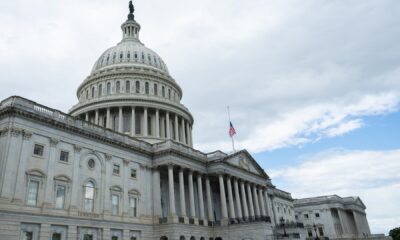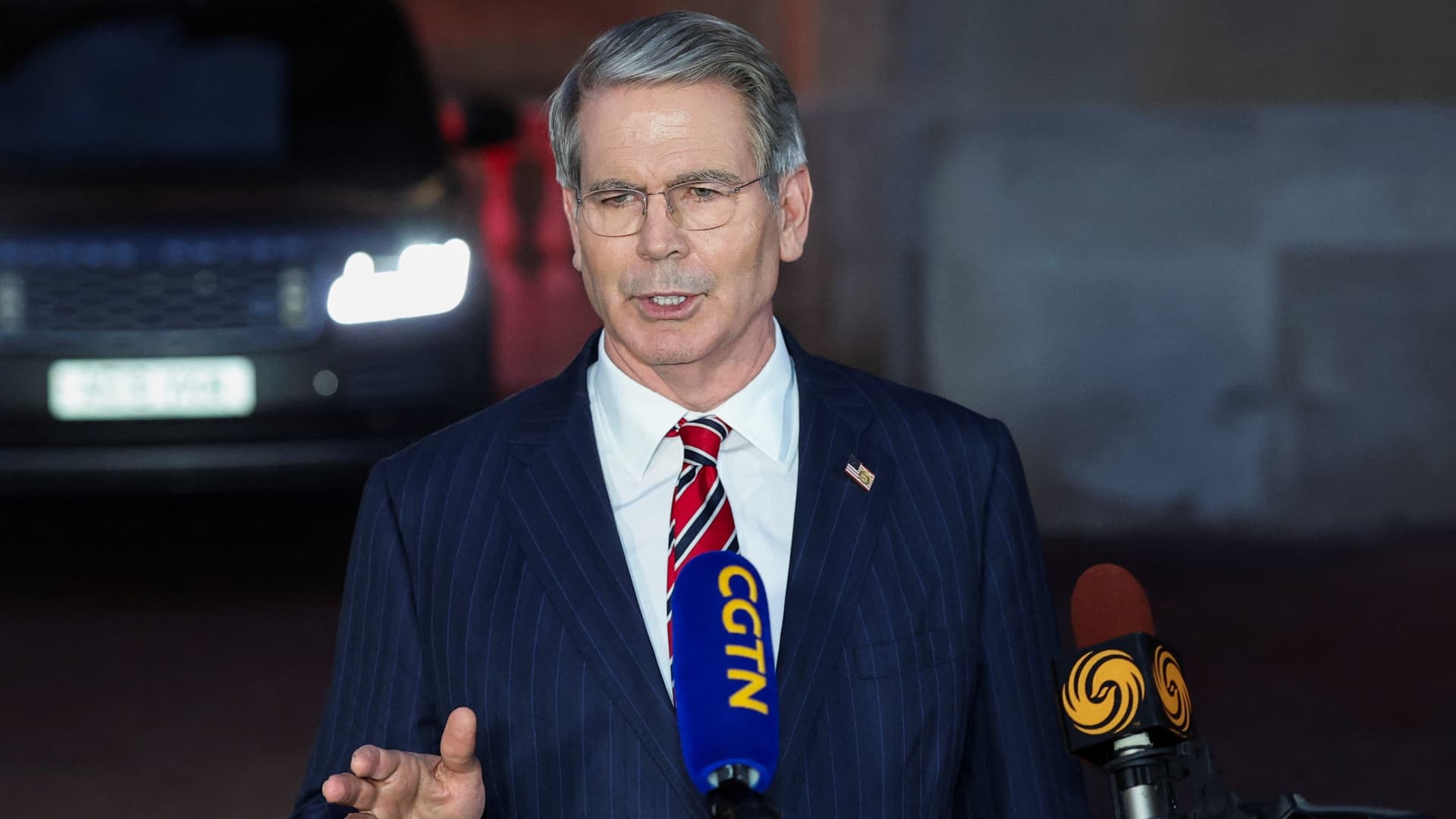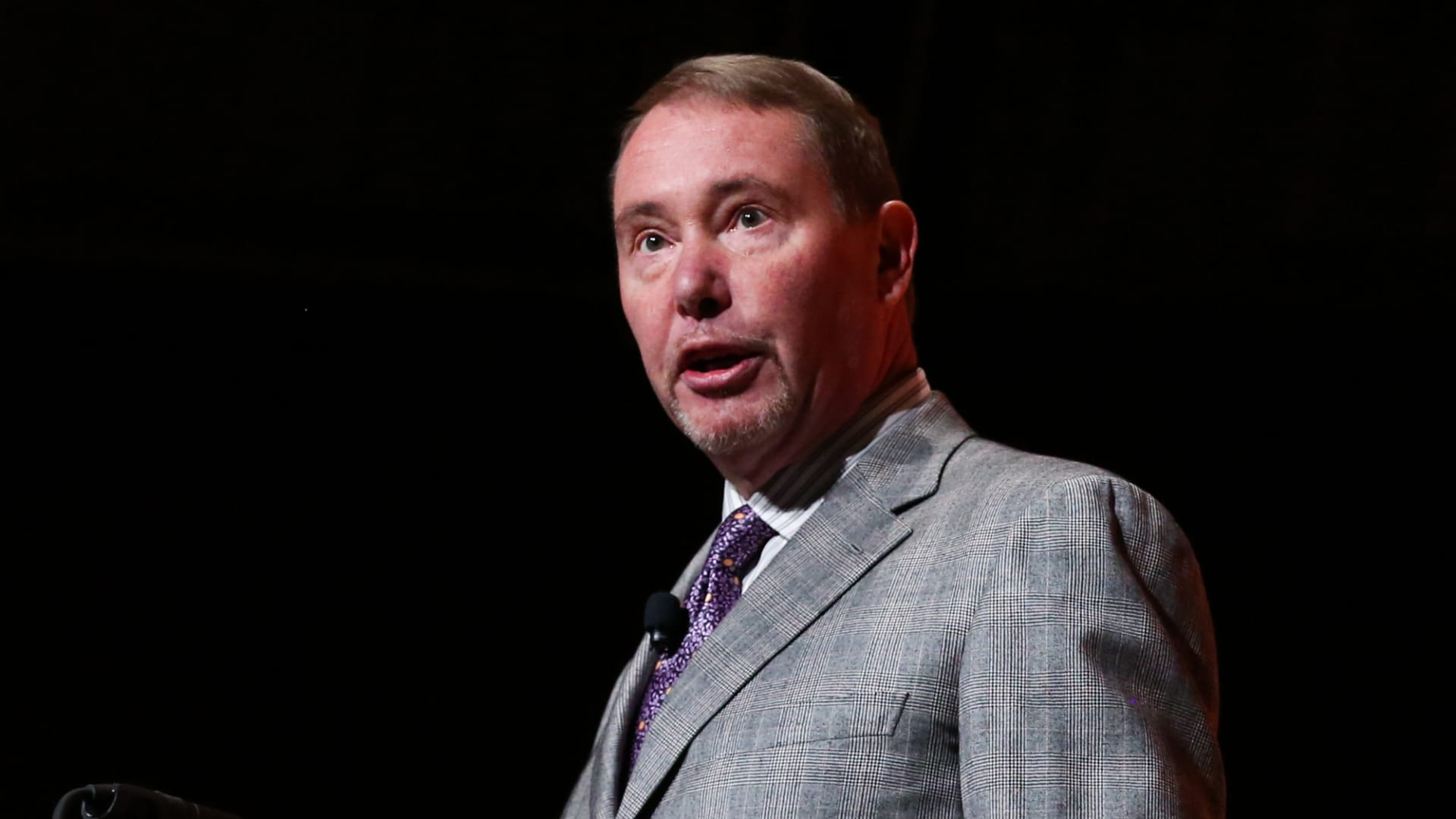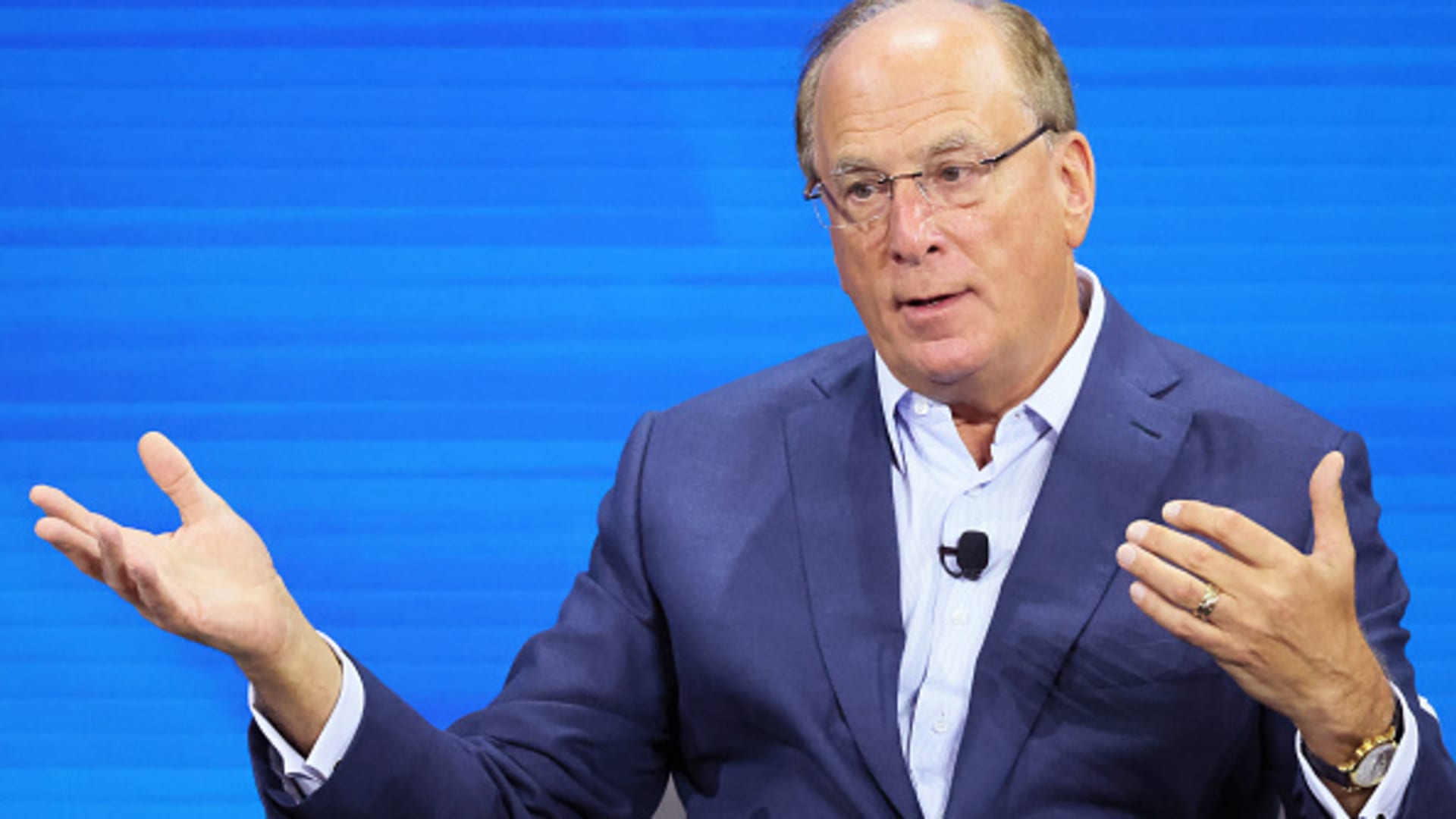Appaloosa Management’s David Tepper said investors should believe the Federal Reserve when it says it will lower interest rates because the central bank has now to keep credibility.
“You just read what these guys are saying,” Tepper said on CNBC’s “Squawk Box” Thursday. “Powell told you something… He told you some kind of recalibration. He has to follow through somewhat. I’m not that smart. I just read what they say and do they have conviction. They usually do what they say, especially when they have this level of conviction.”
The Fed last week sliced half a percentage point off benchmark rates, starting its first easing campaign in four years with an aggressive move despite a pretty stable economy. In addition to this reduction, the central bank indicated through its “dot plot” the equivalent of 50 more basis points of cuts by the end of the year.
Fed Chairman Jerome Powell said the cut was a “recalibration” for the central bank and did not commit to similar moves at each upcoming meeting.
“Probably two or three interest rates, 25 basis point cuts, they have to do, or they lose credibility,” Tepper said. “They’re going to do something besides the 50. You know, another 25, 25, 25 seems like it’s going to have to be done.” (1 basis point equals 0.01%)
‘I don’t love the U.S. markets’
Still, Tepper said the macro setup for U.S. stocks makes him nervous as the Fed eases monetary policy in a relatively solid economy like it did in the 1990s. The super-sized rate cut last week came despite most economic indicators looking fairly solid.
“It was around the 90s in that market where the where the Fed cut rates into Y2K in a good economy,” he said. “Rich in ’97 ….richer after long term credit, and bubble mania in ’99 early 2000 so I don’t love this. I’m a value guy.”
Gross domestic product has been rising steadily, and the Atlanta Fed is tracking 3% growth in the third quarter based on the resilience in consumer spending. Meanwhile, most gauges showed inflation is still well ahead of the Fed’s 2% target. However, there has been a slowdown in the labor market, which partly prompted the oversized rate reduction.
‘Sure as heck won’t be short’
The widely followed hedge fund manager said while the central bank’s move gave him hesitation, he certainly is not betting against U.S. equities because of the immediate benefits of easy policy.
“I don’t love the U.S. markets on a value standpoint, but I sure as heck won’t be short, because I would be nervous as heck about the setup with easy money everywhere, a relatively good economy,” Tepper said. “It would make me nervous, not to be somewhat long the U.S.”
Tepper, who is also the owner of National Football League’s Carolina Panthers team, revealed that he’s going all in on China on the back of a rate cut and a flood of support measures the government recently announced to shore up a flailing economy.
He added that he prefers Asian equities and European equities to U.S. stocks.

 Personal Finance1 week ago
Personal Finance1 week ago
 Economics1 week ago
Economics1 week ago
 Economics5 days ago
Economics5 days ago
 Economics1 week ago
Economics1 week ago
 Economics4 days ago
Economics4 days ago
 Finance5 days ago
Finance5 days ago
 Economics4 days ago
Economics4 days ago
 Finance3 days ago
Finance3 days ago








